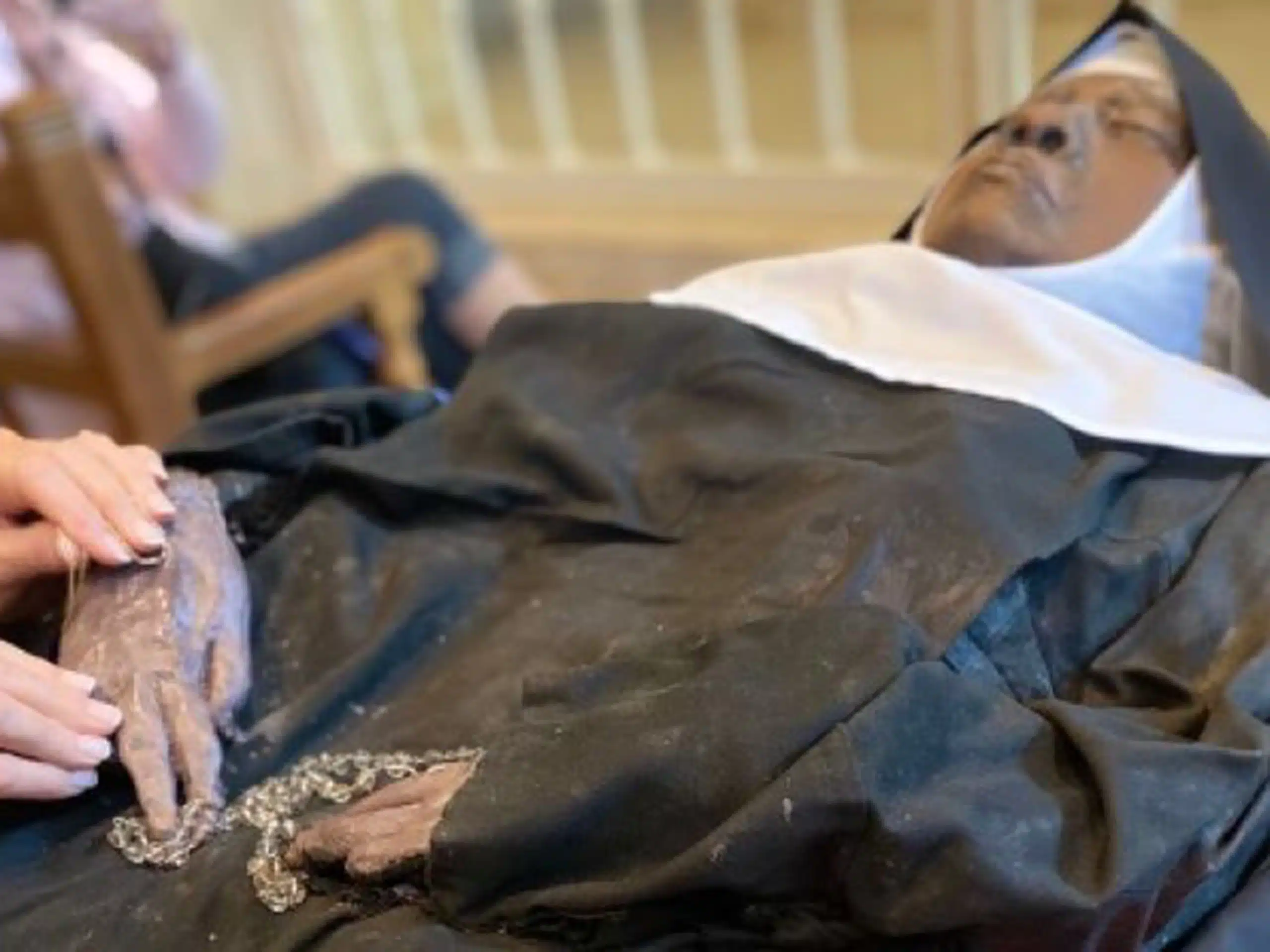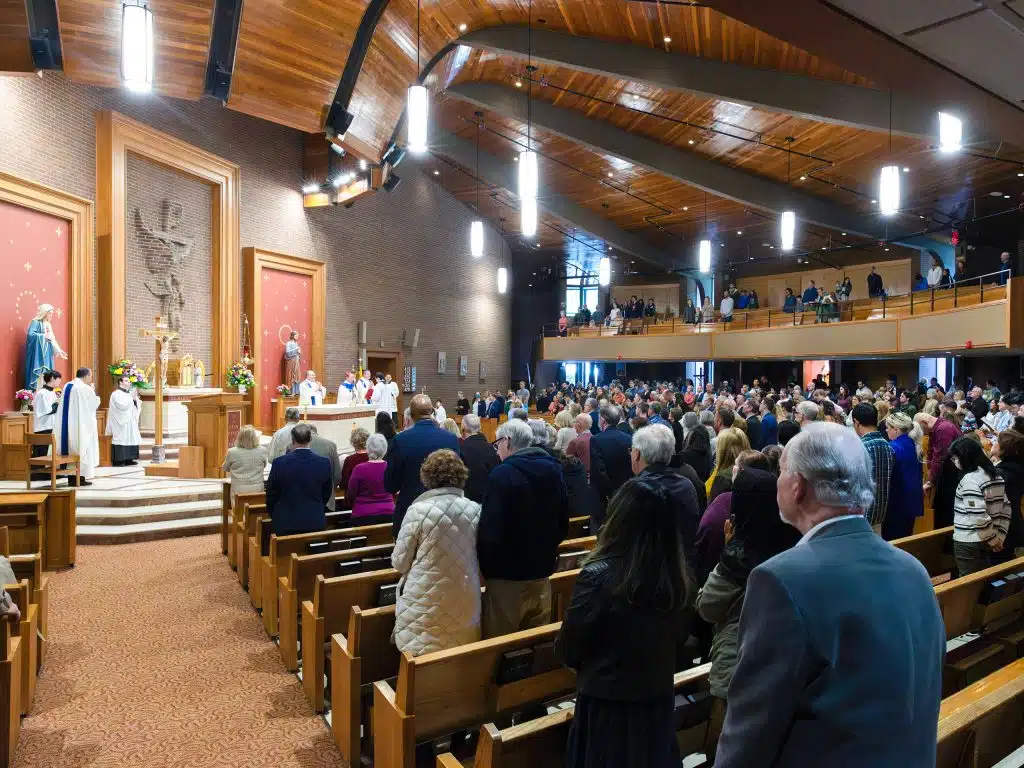Much attention has been paid to a recent, startling discovery: the well-preserved body of Benedictine Sister Mary Wilhelmina of the Most Holy Rosary, (1924-2019), the foundress of the Benedictines of Mary, Queen of Apostles. Thousands have already flocked to the Abbey of Our Lady of Ephesus in Gower, Mo., to see Sister Mary Wilhelmina’s body that was never embalmed or placed in anything but a simple, wooden casket.
Before she died four years ago, she celebrated the 75th Anniversary of her religious profession and her 95th birthday.
Many articles have discussed the fascinating biographical details of her life. Holy Mother Church will inform us in her good time as to whether Sister Mary Wilhelmina’s body is incorrupt, she is deserving of ecclesiastical veneration.
Until then, we can learn from her good example. I know that I did.
Some years ago, when working for the Vatican Congregation for Institutes of Consecrated Life and Societies of Apostolic Life, I traveled to the Diocese of Kansas City-St. Joseph to lead a retreat for the Benedictines of Mary, Queen of Apostles. I met Sister Mary Wilhelmina and the other sisters. I was very edified by their spiritual life, kindness and joy.
What do I remember about Sister Mary Wilhelmina? She was held in such high esteem by the sisters. Yet, she sought no privileges. Instead, she was pleased to be like the rest. I noticed her humility in her speech and actions. Rather than call attention to herself, she pointed to Jesus Christ. One could tell just how much she loved him. And she radiated his peace.
I saw firsthand her affection for the Mass and the Blessed Sacrament. Her Eucharistic reverence was palpable. She joined the sisters in the chanting of the Liturgy of the Hours and willingly participated in their shared life of prayer.
Devoted to the Blessed Virgin Mary, who was her patroness and that of her community, Sister Mary Wilhelmina recited the rosary with piety and wanted others to do likewise. She liked to speak of Mary and her singular presence in the hearts of her children.
Her adoration of God and veneration of Our Lady propelled her to be concerned for others. Her charity was fresh and alive. She fervently prayed for all, especially those most in need.
When she spoke, she did so straightforwardly. But it was obvious that she embraced silence. Her words were noteworthy because her silence was profound.
I was struck by what an observant religious she was. She took her vows seriously. She committed herself to following the chaste, poor and obedient Christ.
I thank God that I had the opportunity to know her and benefit from the splendid standard of discipleship that she left behind.
Many commentators have sought to capture the person of Sister Mary Wilhelmina. For me, Psalm 1 (verses 1-3) provides an apt description: “Blessed is the man who does not walk in the counsel of the wicked, nor stand in the way of sinners, nor sit in company with scoffers. Rather, the law of the Lord is his joy; and on His law he meditates day and night. He is like a tree planted near streams of water, that yields its fruit in season; Its leaves never wither; whatever he does prospers.”
Msgr. Mangan is on the faculty of Mt. St. Mary’s Seminary in Emmitsburg, Md.



Disconnected spirituality